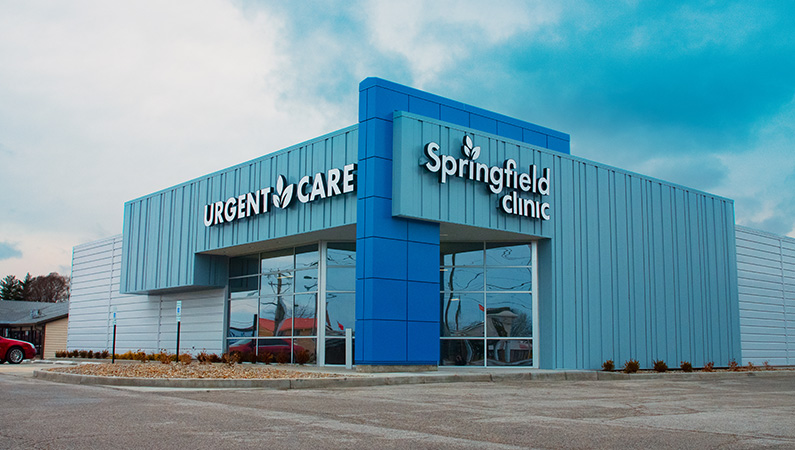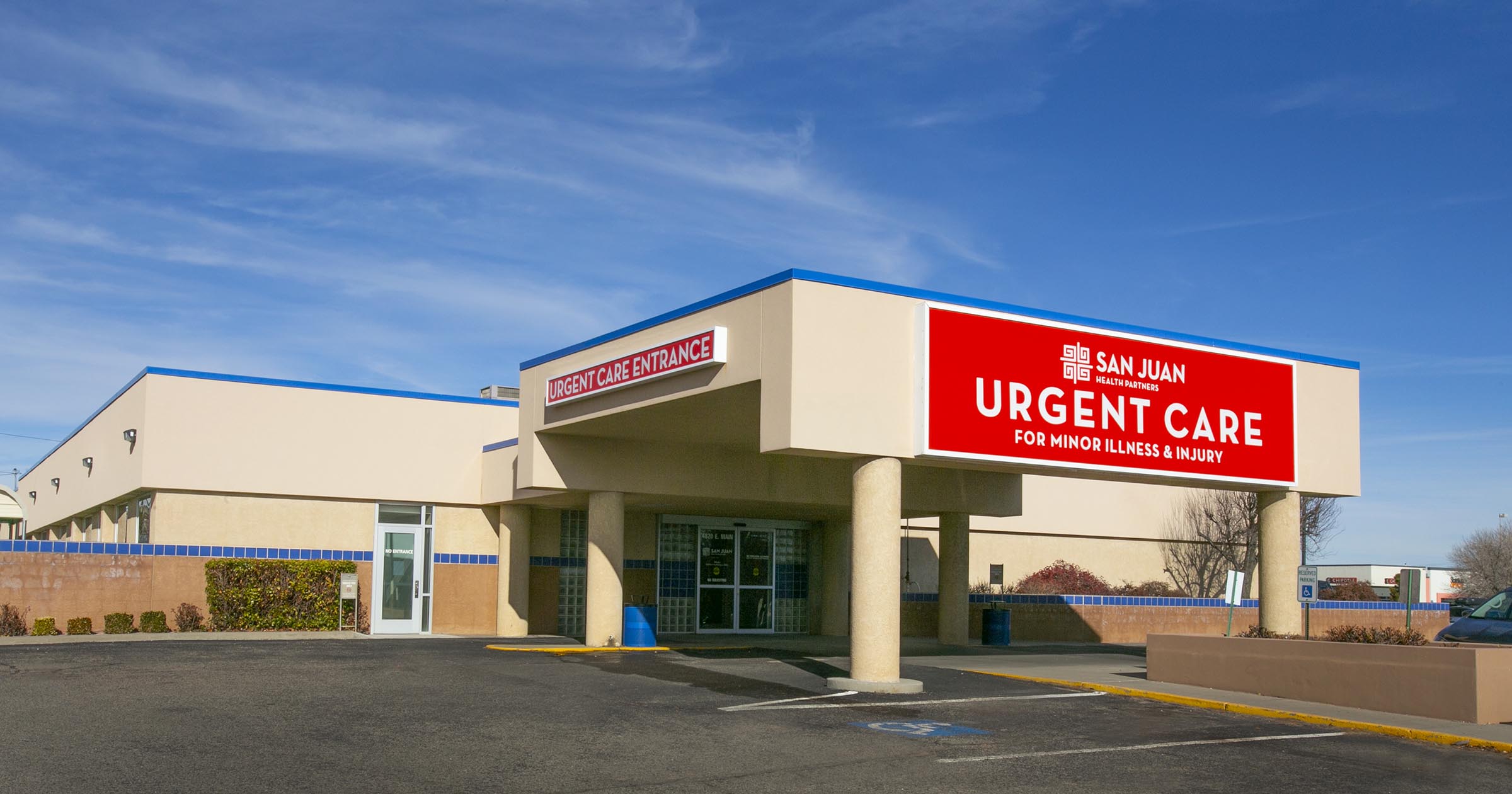Expert Guidance on Navigating Clinic Options for Urgent Care
Expert Guidance on Navigating Clinic Options for Urgent Care
Blog Article
Recognizing the Duty of Urgent Care in Providing Timely Therapy for Non-Life-Threatening Problems
Immediate treatment facilities have actually emerged as a vital component of the healthcare landscape, dealing with the instant requirements of patients with non-life-threatening problems. Comprehending the nuances of immediate care can substantially impact person end results and the general efficiency of health care delivery.
What Is Urgent Treatment?
Urgent care describes a classification of medical services created to deal with non-life-threatening conditions that call for instant attention. These centers work as an intermediary in between medical care medical professionals and emergency areas, using a practical option for people who require prompt care without the comprehensive waiting times generally linked with emergency departments.
Urgent treatment facilities are generally staffed by physician, consisting of physicians, nurse specialists, and doctor aides, that are educated to detect and deal with a wide array of conditions. Common services given by these centers include treatment for minor injuries, illnesses, and infections, as well as diagnostic tests such as X-rays and laboratory work.
Furthermore, immediate treatment centers usually accept walk-in individuals, eliminating the requirement for appointments. Generally, immediate care plays a crucial role in the health care system, ensuring people can access important clinical solutions quickly and effectively.

When to seek care at an immediate care facility instead of a key treatment doctor or an emergency room,Lots of individuals might discover themselves unclear regarding. Immediate care is created to deal with non-life-threatening problems that call for prompt attention yet are not severe adequate to call for an emergency area see.
Generally, one need to think about immediate look after concerns such as minor cracks, strains, cuts needing stitches, or infections like urinary system tract infections. Furthermore, chilly or influenza signs, breakouts, and sensitive reactions can likewise be suitably managed in this setup.
It is essential to keep in mind that urgent care is not suitable for lethal emergency situations, such as breast discomfort, difficulty breathing, or serious blood loss, which demand immediate emergency clinic intervention.
People who lack access to a medical care physician or can not secure a timely visit might additionally benefit from urgent care services. Eventually, recognizing when to utilize urgent treatment can bring about more efficient health care shipment, enabling patients to obtain the ideal degree of treatment based upon their certain health and wellness demands.
Advantages of Urgent Care Centers
Selecting urgent care centers for non-life-threatening problems supplies numerous benefits that improve client experience and availability. One main benefit is the decreased wait times contrasted to typical emergency clinic. Urgent care centers typically operate a first-come, first-served basis, permitting individuals to get timely medical focus without the lengthy delays frequently connected with medical facility settings.
In addition, immediate care facilities give extensive hours, consisting of weekend breaks and nights, fitting patients with differing timetables. This versatility guarantees that people can look for care when it is most convenient for them, better advertising timely treatment.

Furthermore, these facilities usually supply a detailed variety of services, consisting of minor treatments and diagnostic tests, all under one roof covering. This debt consolidation of services not only simplifies the individual experience but additionally promotes a more natural method to taking care of non-life-threatening health and wellness issues, inevitably benefiting total individual outcomes.
Typical Problems Treated
At immediate care centers, a selection of non-life-threatening conditions can be successfully dealt with, supplying patients with easily accessible and prompt clinical support. These centers are particularly skilled at addressing problems that require timely focus yet do not position an instant threat to life or limb.
Usual problems treated at immediate treatment facilities include small injuries such as cracks, pressures, and strains. Immediate care centers are geared up to perform necessary analysis examinations, such as X-rays and lab tests, enabling them to provide thorough treatment.
In addition, immediate care companies can administer inoculations, aiding to stop the spread of infectious diseases - Urgent Care. They additionally provide services for small procedures, such as suturing injuries or draining pipes abscesses. By providing these varied services, immediate treatment centers play Check This Out an essential function in bridging the space between medical care and emergency situation services, ensuring people get prompt treatment for a vast array of conditions without the demand for long haul times usually related to emergency situation rooms
Exactly How Urgent Care Sustains Healthcare System
Urgent treatment centers play a crucial function in sustaining the overall medical care system by reducing the worry on emergency divisions and offering prompt access to healthcare for non-life-threatening conditions. By taking care of situations such as small injuries, infections, and diseases, immediate care centers allow emergency divisions to focus on more essential individuals requiring prompt attention.
Additionally, urgent treatment facilities improve medical care ease of access, supplying prolonged hours and an extra convenient option to typical medical care setups. This access is specifically advantageous for individuals that might not have a normal physician or who require instant treatment beyond normal workplace hours. Because of this, immediate treatment facilities effectively decrease enhance and wait times individual satisfaction.
Additionally, urgent care facilities contribute to cost savings for both patients and the healthcare system by offering why not check here lower-cost services compared to emergency situation divisions. This economic performance is essential in a period of climbing medical care expenses, enabling clients to get required care without incurring expensive expenses.
Conclusion
To conclude, urgent treatment facilities play a crucial function in the medical care system by providing timely treatment for non-life-threatening conditions. By bridging the gap in between medical care and emergency spaces, these facilities ensure that people obtain prompt medical attention without the extensive wait times generally connected with emergency situation divisions. The availability and efficiency of immediate treatment centers contribute considerably to reducing the general concern on healthcare sources, improving client end results, and promoting an extra efficient healthcare distribution system.
Urgent care facilities have arised as an important part of the health care landscape, addressing the prompt needs of people with non-life-threatening problems. Urgent treatment gos to generally sustain lower out-of-pocket expenditures compared to emergency situation division gos to, making care extra cost effective for clients without endangering top quality. Urgent treatment facilities are furnished to perform needed diagnostic examinations, such as X-rays and lab tests, allowing them to give extensive care.
By using these varied solutions, urgent treatment centers play a vital role in connecting the void between main care and emergency services, making certain patients receive timely treatment for a large array of problems without the need for long wait times normally linked with emergency situation rooms.
Moreover, urgent care centers improve health care accessibility, offering extended hours and a much more practical option to standard main treatment settings.
Report this page